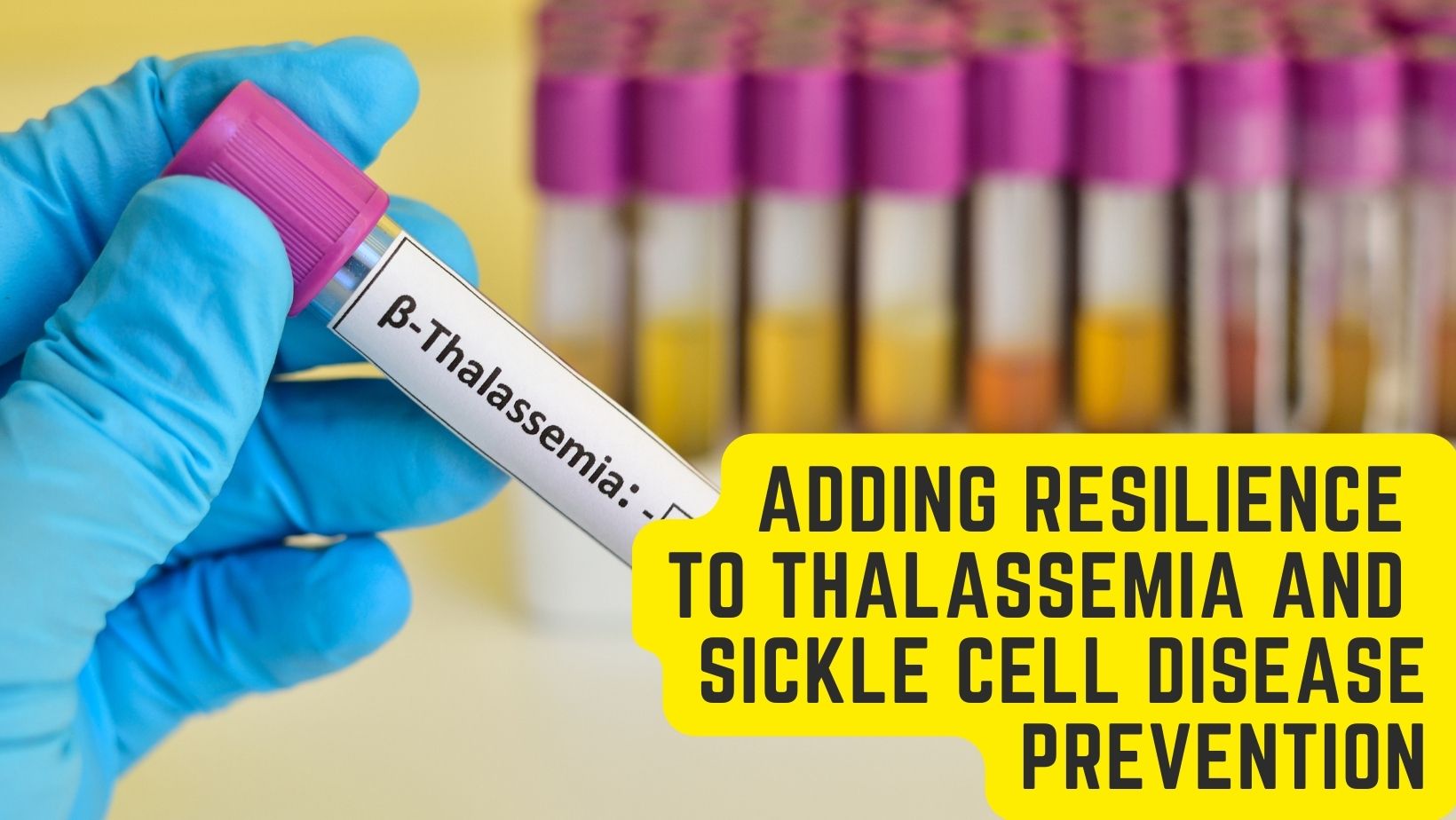
Graceful degradation is the practice of building functionality so that it continues to work even if some components fail.
We have enlisted 'the top courier services' to bring in blood samples from all over the country to our central lab for testing. From any corner of the country they have been bringing our packages to the lab within 48 hours consistently. In May 2023, suddenly one of the packages took 5 days to deliver. As per the protocol the received samples were unfit to be tested. We informed the collection centre to try and recall the families for fresh samples.
When pregnant women visit our clinics for the first time during pregnancy, we offer the testing for hemoglobinopathies. In case sample collection is missed, bringing these women back for sampling has historically proven to be very difficult with little success. If the woman is found to be a carrier, her husband is called in for test. Getting the husband to come back for retesting just because sample is lost is a near impossible task. Knowing this, the loss of samples in transit meant a loss opportunity to screen the families.
The agony of having lost the samples was further aggravated when we realised that several of these samples are from men whose spouse has already been tested to be a hemoglobinopathies carrier. The helplessness at having lost these samples pushed the team to think out of the box and consider testing whatever was salvageable from the samples. All samples from men were tested in spite of not being ideal.
The usual hemoglobin in our blood is referred to as adult hemoglobin. However, for people who are carriers of hemoglobinopathies, there are other types of hemoglobin fractions present beside adult hemoglobin. HPLC the test which is performed on these samples actually reports the percentage of hemoglobin of different types. The fraction of defective hemoglobins indicates whether the person is a carrier. With prolonged sample storage and exposure to higher temperatures, the sample degrades. This makes it difficult to be sure of the percentage of hemoglobins associated with thalassemia [Hb-A2] and sickle cell disease [Hb-S] in the sample. When we ran these samples, we just wanted to see if we could still find a prominent peak of the defective hemoglobin in spite of degradation. We hoped that this will give us a hint into the people who were very likely to be carriers. We could use this information to do more to reach out to these people. One could not be sure, but in a hopeless situation we were not too keen to give up either.
With the first 4 samples that we tested the chromatograms - the HPLC reports - were not too bad. While degraded hemoglobin was seen with prominence, the Hb-A2 fraction was very small. We consulted specialists from the company whose kits were being used and they confirmed that while ideally we should get fresh samples, most likely these samples were from people without hemoglobinopathies. We continued to see if samples could be recollected but we were already breathing a little easier knowing that there is very little risk for these 4 families at least.
Within 1 week, one more package failed to be delivered on time and samples were degraded. Since we had already decided to keep trying, we tested some critical samples. One of them showed the hemoglobin associated with sickle to be more than 30% beside the degraded hemoglobin of 10%. Normally a sample which would have been rejected seemed to give a clear answer. The wife of this person was already detected to be a carrier and thus the fetus was at-risk of being affected. It seemed like the attempt to gracefully degrade was paying off.
As we discussed this sample, we recalled how our molecular team had promised to try their best to give molecular confirmation for prevention samples in 3-4 days. We realised we could actually confirm what we were seeing on HPLC using molecular technique very quickly and thus even with the lame defective degraded sample, we could give out a very reliable report. This was it. There is now a reason to put our mind together to work upon a technique to give our clear answers even from degraded samples consistently.
We are now dreaming of setting up a workflow which will even work on degraded samples effortlessly to provide reliable answers. We will work on a protocol through which we will study the impact of prolonged storage and higher temperatures on samples as far as HPLC is concerned. Thereafter, we will setup a protocol to determine the samples that are likely to be affected with hemoglobinopathies. We will take these samples for molecular confirmation and hopefully, still give out good answers. Hopefully, we will contribute to the scientific knowledge on the subject as well.
Kintsugi is the Japanese art of putting broken pottery pieces back together with gold - a lesson about accepting fragility, building strength and resilience. Let's do our own Kintsugi.
